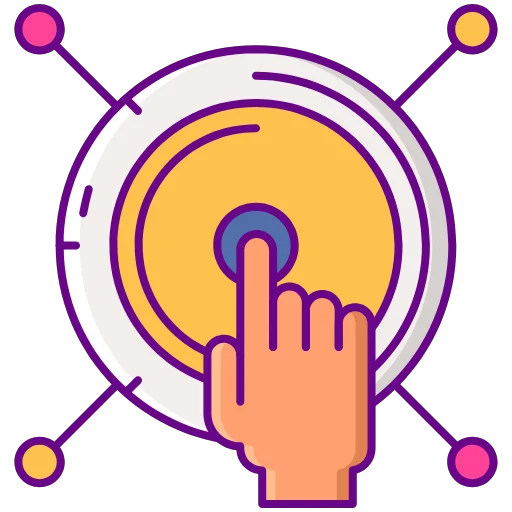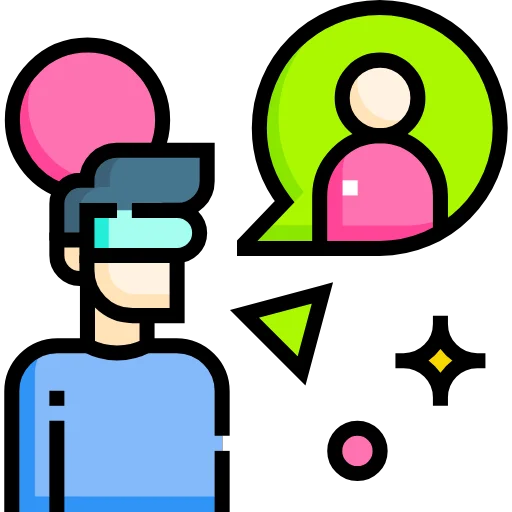What is Haptic Technology?
Haptics is the general name for technologies that enable your employees to interact with digital or virtual environments through senses such as touch, force or temperature. Haptics technology is often used to convey information to your employees through vibrations, forces or haptic stimuli and aims to bring the tactile experiences that they feel in the real world to the virtual world.
Haptic feedback plays a critical role in especially in virtual reality (VR) trainings because it allows your team to interact with the virtual world in a more natural and realistic way. The use of haptic and force feedback makes your virtual trainings much richer and more immersive than just visual and auditory experiences.
Please Fill Out The Form Down Below! 👇
OUR DEVELOPED HARDWARES
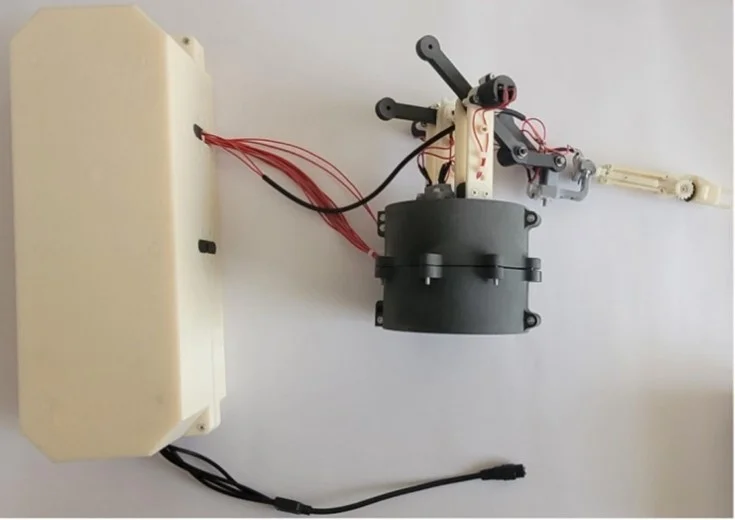
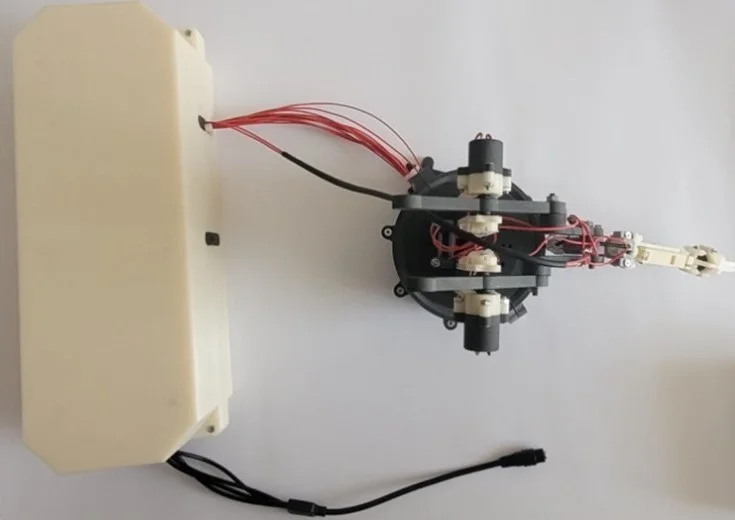
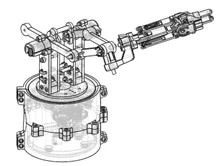
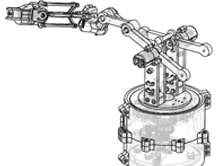
Eye Surgery Simulator
Thanks to our visio haptic feature, a training environment where realistic force feedback is provided to surgeons during eye surgery trainings and precise operations are simulated. The force values required for actions such as cutting, stitching, drilling and pulling, which are aimed to be performed on different eye layers, have been investigated and the mechanism and actuator infrastructure required for the most accurate transfer to the user has been created.
Technical Features
- Force Feedback Degrees of Freedom: 4 (3 main body, 1 handle)
- Degrees of Freedom: 6 (3 Rotation – 3 Translation)
- Actuators: Brushed DC Motor
- Power Requirement: 12~24 V DC, 2 A
- Weight: 7.3 Kg (2x 490 g (hardware) + 2x 1095 g (power units) + 1x 4100 g (pedal)
- Working Space (Rotational Z, °): 160°
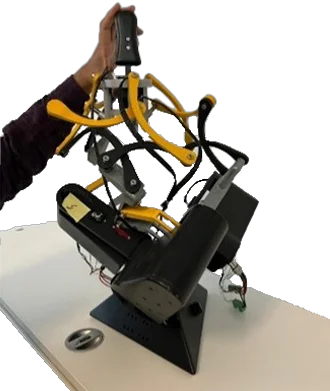
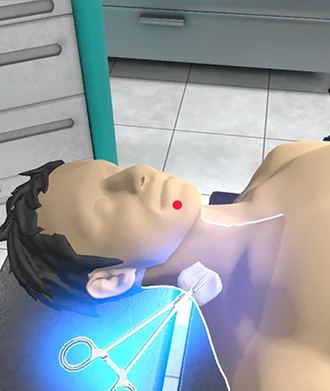
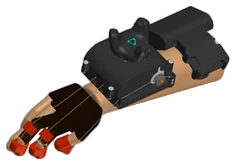
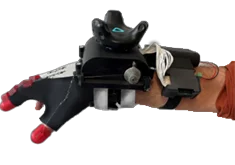
Internal Jugular Venous Catheterization Training Simulator Equipment
It offers an advanced VR training platform for healthcare professionals, enhancing skill development and safety in catheterization procedures. The system replicates real-world interactions through the Desktop Haptic Device (DHD), which simulates ultrasound probe handling, and the Haptic Glove Device (HGD), providing force feedback for realistic needle insertion and guidewire placement. Both devices feature proprietary MR (magneto-rheological) brake systems for precise & controlled movement.
DHD Technical Features
- Degrees of Freedom: 6 (3 Rotation – 3 Translation)
- Force Feedback Degrees of Freedom: 3
- Actuators MR Brake System
- Maximum Torque Output: 1.8 N.m
- Bandwidth: ~65 rad/s
- Power Requirement: 220 V AC, 3 A
- Weight: ~16 Kg
HGD Technical Features
- Degrees of Freedom of Movement: 6 (for each finger)
- Force Feedback Degrees of Freedom: 3 (1 each for index, middle and thumb)
- Actuators MR Brake System
- Maximum Torque Output: 0.62 N.m
- Bandwidth: ~65 rad/s
- Power Requirement: 2x 18650 Li-Ion Batteries
- Weight: 1.05 Kg

Business Development Europe Representative
Hello, I am Cem! I work as the Business Development Europe Representative at RoT STUDIO. You can contact me using the information below if you have any questions or want to work with us!

